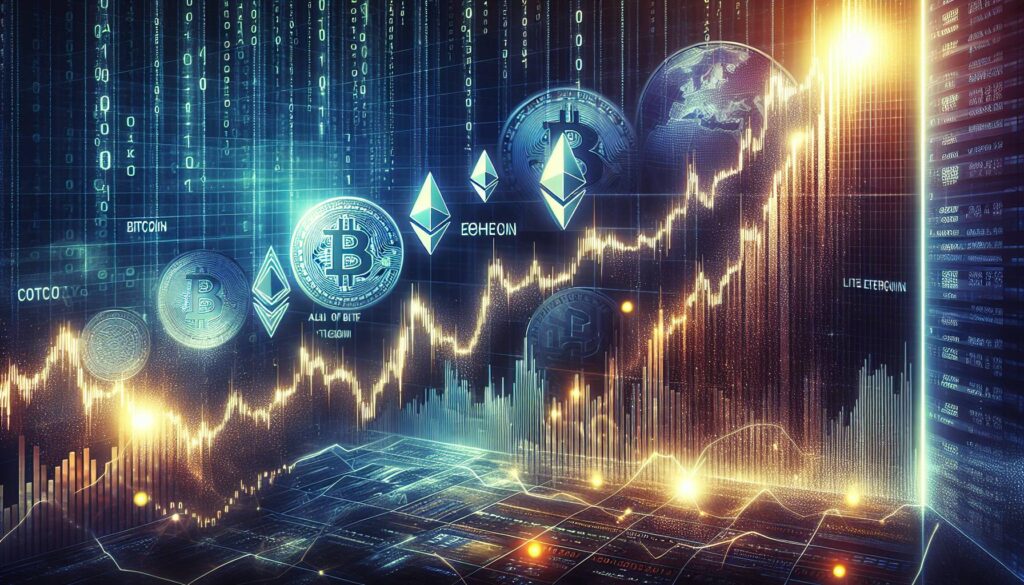In a significant move within the cryptocurrency sector, Ripple has announced its acquisition of Rail, a stablecoin payments platform, for a hefty sum of $200 million. This deal, expected to complete in the fourth quarter of 2023, positions Ripple to enhance its offerings in the burgeoning stablecoin market. Rail, based in Toronto and backed by notable investors such as Galaxy Ventures and Accomplice, brings valuable technology and capabilities to Ripple, particularly in facilitating seamless digital asset transactions.
Ripple has been making headlines recently, particularly with its launch of the RLUSD stablecoin in December, which has quickly ascended to a market cap of over $600 million, ranking among the largest stablecoins, according to data from CoinMarketCap. The acquisition of Rail aligns with Ripple’s ongoing strategy to expand its role in the evolving landscape of digital finance and stablecoins.
“Stablecoins are quickly becoming a cornerstone of modern finance, and with Rail, we are uniquely positioned to drive the next phase of innovation and adoption of stablecoins and blockchain in global payments,”
Ripple President Monica Long remarked, highlighting the importance of this acquisition. The integration of Rail’s unique features, which include virtual accounts and automated back-office systems, will allow clients to engage with digital assets with unprecedented ease, eliminating the necessity for dedicated cryptocurrency bank accounts or exchange wallets.
This acquisition follows Ripple’s earlier efforts to expand its influence in the space, including a $1.25 billion purchase of multi-asset prime brokerage firm Hidden Road, illustrating Ripple’s commitment to becoming a leader in the non-bank prime brokerage sector. With the success of Rail, Ripple is set to enhance its stablecoin payments service, solidifying its position in a rapidly changing financial landscape.

Ripple Acquires Rail for $200 Million
Key points regarding Ripple’s acquisition of Rail and its implications:
- Acquisition Details:
- Ripple is purchasing Rail, a stablecoin payments platform, for $200 million.
- The deal is expected to close in the fourth quarter of this year.
- Rail is based in Toronto and backed by Galaxy Ventures and Accomplice.
- Expansion into Stablecoin Ecosystem:
- This acquisition allows Ripple to deepen its involvement in the growing stablecoin market.
- Ripple launched its own stablecoin, RLUSD, in December, with a market cap over $600 million.
- Enhancement of Services:
- Rail’s capabilities include virtual accounts and automated back-office systems.
- This will enable customers to transact in digital assets without needing separate crypto bank accounts.
- Strategic Growth:
- The acquisition follows Ripple’s previous attempt to buy Circle for $4-$5 billion.
- Ripple’s prior acquisition of Hidden Road for $1.25 billion signifies its aim to create a significant non-bank prime broker.
- Industry Impact:
- Stablecoins are becoming vital in modern finance, leading to increased adoption and innovation.
- Ripple aims to position itself as a leader in stablecoin payments and blockchain technology, which could influence financial transactions globally.
Ripple Expands Its Dominance with Rail Acquisition
The recent acquisition of Rail by Ripple for $200 million marks a significant move in the competitive landscape of stablecoin payments. This strategic investment not only complements Ripple’s existing offerings but also positions it at the forefront of the rapidly evolving digital asset space. With Rail’s advanced systems for virtual accounts and automation, Ripple stands to enhance its RLUSD stablecoin, which has already carved out a notable market presence with a capitalization exceeding $600 million.
However, the deal comes with both competitive advantages and disadvantages. On one hand, Ripple’s purchase of Rail allows for a more streamlined service, which could vastly improve user experience and attract new customers looking for efficient digital payment solutions. The integration of Rail’s technology means that customers can transact without complex setups typically required for other crypto services. This could be a game-changer for small to medium-sized businesses seeking to leverage stablecoins without extensive financial infrastructure.
On the flip side, the growing competition in the stablecoin space—especially from Circle, which recently went public and reported substantial returns—could pose challenges for Ripple. While Rail enhances Ripple’s offerings, it also means that Ripple must continue to innovate to stay ahead. Furthermore, traditional financial institutions that feel threatened by the rise of stablecoins might resist adopting these new solutions, potentially limiting Ripple’s market penetration.
The stakeholders who could benefit immensely from this acquisition include tech-savvy businesses and individuals looking to engage with stablecoins in a more user-friendly manner. Conversely, established banks and financial traditionalists may see this development as a problem, fearing disruption and loss of control in the payments ecosystem.
Overall, Ripple’s acquisition of Rail not only solidifies its goal to lead in the stablecoin sphere but also invites both opportunity and challenge as the digital finance landscape evolves.















